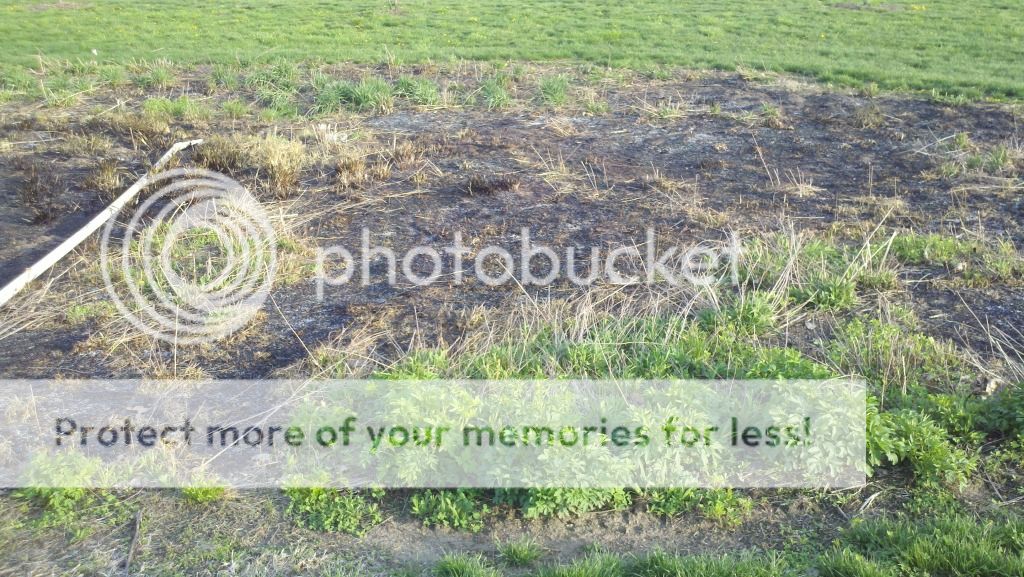A rain garden is a planted depression that allows rainwater runoff from solid urban areas such as roofs, driveways, walkways, parking lots, and compacted lawn areas the opportunity to be absorbed. This reduces rain runoff by allowing storm water to soak into the ground. They can be designed for specific soils and climates. The purpose of a rain garden is to improve water quality in nearby bodies of water.

Native plants are recommended for rain gardens because they generally do not require fertilizer and are more tolerant of one local climate, soil, and water conditions, and attract local wildlife such as native birds. The plants - a selection of wetland edge vegetation, such as wildflowers, sedges, rushes,ferns, shrubs and small trees -take up excess water flowing into the rain garden. Water filters through soil layers before entering the groundwater system. Root systems enhance infiltration, maintain or even enhance soil permeability, provide moisture redistribution, and sustain diverse microbial populations involved in biofiltration. Through the process of transpiration, rain garden plants return water vapor to the atmosphere. A more wide-ranging definition covers all the possible elements that can be used to capture, channel, divert, and make the most of the natural rain and snow that falls on a property. The whole garden can become a rain garden, and all of the individual elements that we deal with in detail are either components of it, or are small-scale rain gardens in themselves.
In developed areas, such as this one, natural depressions are filled in, and the surface is often leveled. Rain gardens are designed to capture the initial flow of storm water and reduce the buildup of toxins flowing through the waterways. For this reason, most rain gardens are often located near a building drain pipe. Rain gardens are beneficial for many reasons: improve water quality by filtering runoff, provide localized flood control, aesthetically pleasing, and provide interesting planting opportunities. They also encourage wildlife and biodiversity, tie together buildings and their surrounding environments in attractive and environmentally advantageous ways, and provide significant partial solutions to important environmental problems that affect us all. A rain garden provides a way to use and optimize any rain that falls, reducing or avoiding the need for irrigation. They allow a household or building to deal with excessive rainwater runoff without burdening the public storm water systems. Rain gardens differ from retention basins, in that the water will infiltrate the ground within a day or two. This creates the advantage that the rain garden does not allow mosquitoes to breed.
To get credit for this earthcache please email me the following answers. These can be obtained at the plaque.
1. What is the #1 water pollutant in Iowa?
2. The size of a rain garden is what percent of the area draining into it?
3. What is the difference in native plant roots and turf grass roots?
4. How many decorative bricks are there where the sign is located?
OPTIONAL: NOT required but highly encouraged is take a picture of yourself at the Rain Garden. Please do not have the sign in your picture.